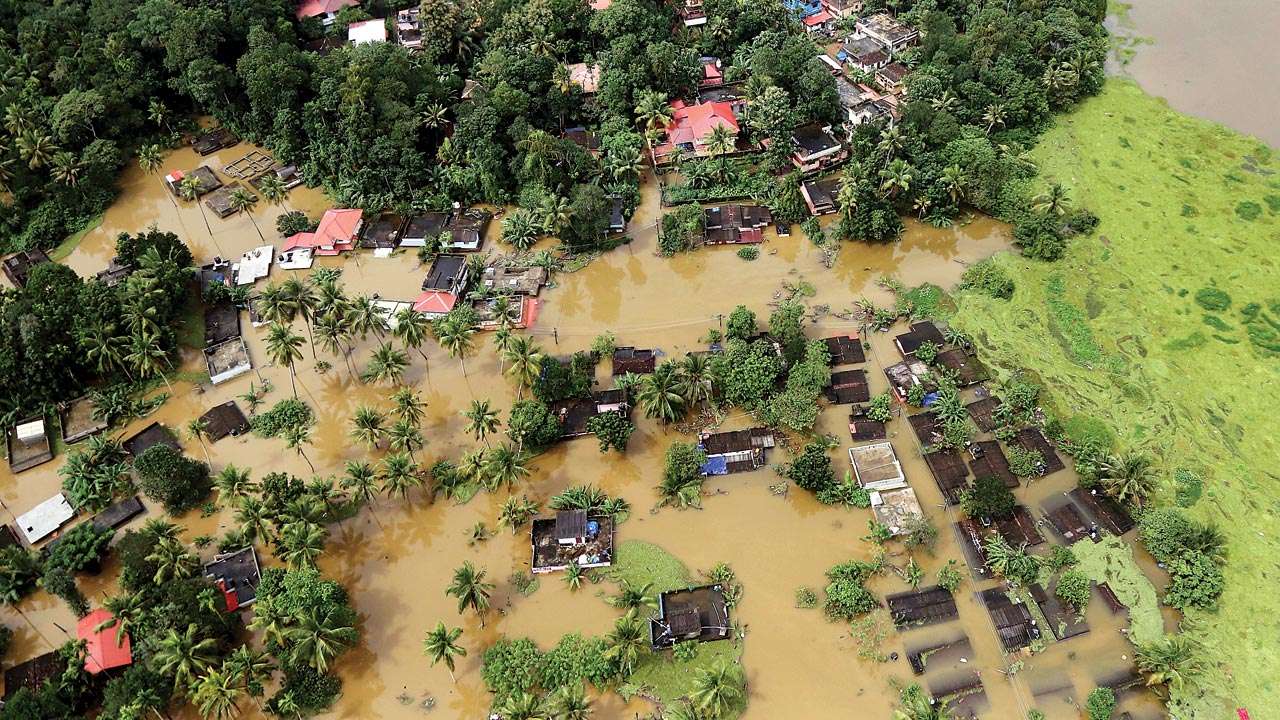
Extraordinary biodiversity richness is one of the reasons why India is incredible! Occupying just 2.5 per cent of the earth’s total land area, India holds 7 per cent flora and 6.5 per cent fauna of the world. Western Ghats mountain range that extends over 1500 km from River Tapi to Kanyakumari through the states of Gujarat, Maharashtra, Goa, Karnataka, Tamil Nadu and Kerala is one of the world’s eight hottest biodiversity hotspots. The Ghats with an average elevation of 600m force the moisture laden winds coming off the Arabian Sea to cause precipitation of 2000 mm or more, with the western hill slopes receiving maximum rainfall while the eastern slopes remaining comparatively drier. These typical conditions have evolved a wide range of habitat types like tropical evergreen forest, moist deciduous and dry deciduous forest, dry thorn forest, plateaus and grassland. Around 5000 species of plants, 500 bird species, 220 amphibians, 120 mammals is just a glimpse of species richness! The Ghats is a centre of endemism with over 2000 species of flora and fauna found only in the Ghats, out of which 325 species are globally threatened – Lion-tailed Macaque, Nilgiri Tahr, Malabar Grey Hornbill to name a few. The UNESCO recognizes 7653.15 sq km of the Western Ghats as a World Heritage Site.
There is an inherent relationship between forests and water. Forests serve as natural sponges, collecting and filtering rainwater, and releasing it slowly into 65 rivers that originate and flow through the Ghats proving to be lifelines for the biodiversity and 50 million people not only in the Ghats but along the west coast and the Deccan Plateau. India, a country with one of the oldest civilizations and a rich culture that respects and worships the natural resources, protects large chunks of forests as ‘sacred groves’, where destructive activities like tree cutting and hunting are disallowed. No person dares to break this system lest he be punished by the Almighty. This aspect has been largely responsible for conserving forests and wildlife around areas like Lord Shabarimala temple in Periyar, Kerala and Lord Bhimashankar temple in Maharashtra.
Recognizing these ecological, cultural and economical values, Prof. Gadgil and Dr. Kasturirangan committees constituted by the Government of India in 2011 and 2013, respectively, recommended measures for long-term preservation of this ecologically fragile landscape. Gadgil committee report recommended declaring the entire WG landscape as Ecologically Sensitive Area (ESA), divided under three sub-zones, with ban on mining, thermal power plants, polluting industries and large dams, and inclusion of local communities in biodiversity conservation and promoting eco-friendly activities. Since this report rubbed many the wrong ways, the Kasturirangan committee was set up, which recommended to incentivize green growth that promotes sustainable and equitable development bringing only around 37 per cent Ghats area under the ESA out of the entire 1,64,000 sq km. Although significantly reduced, as compared to Gadgil Committee report, the area of 56,000 sq km recommended by Kasturirangan Committee includes 70-odd Protected Areas and important tiger and elephant corridors. The Central Government tried to bring in three draft notifications for declaring this as Western Ghats Ecologically Sensitive Area (WGESA). However, none of the six state governments have shown any support for this notification. The Rajya Sabha Committee on Government Assurances expressed its dissent over this insensitive approach. The vested interests have misled the locals against the well-meaning recommendations of these reports. The 2018 Kerala floods are believed to have resulted due to illegal quarrying in the Ghats that triggered landslides. In 2014, a village named Malin was buried under a massive landslide at the foothills of Ghats in Maharashtra largely due to deforestation and unsustainable agricultural practices on the hills above. Had the state governments adopted the WGESA notification, perhaps the above catastrophes costing thousands of human lives could have been avoided. There is an increasing trend to convert privately-owned forests to monoculture plantations of exotic species such as rubber causing severe loss of biodiversity and natural habitat. Illegal hunting and indiscriminate plant collection by some local communities is another huge threat for the local biodiversity. Mining mafias have destroyed forest areas in Goa and Karnataka. Haphazard and unsustainable tourism developments in existing ESAs like Mahabaleshwar have overburdened the region for natural resources. Despite being one of the wettest areas of Maharashtra, drinking water shortage due to depletion of ground water has emerged as a major environmental issue.
India’s economic policies and development should be built on strong ecological foundations that ensure an environmentally sound and sustainable future to people and prevent extinction of myriad species of this beautiful landscape.
Author is Director of The Corbett Foundation and a conservationist